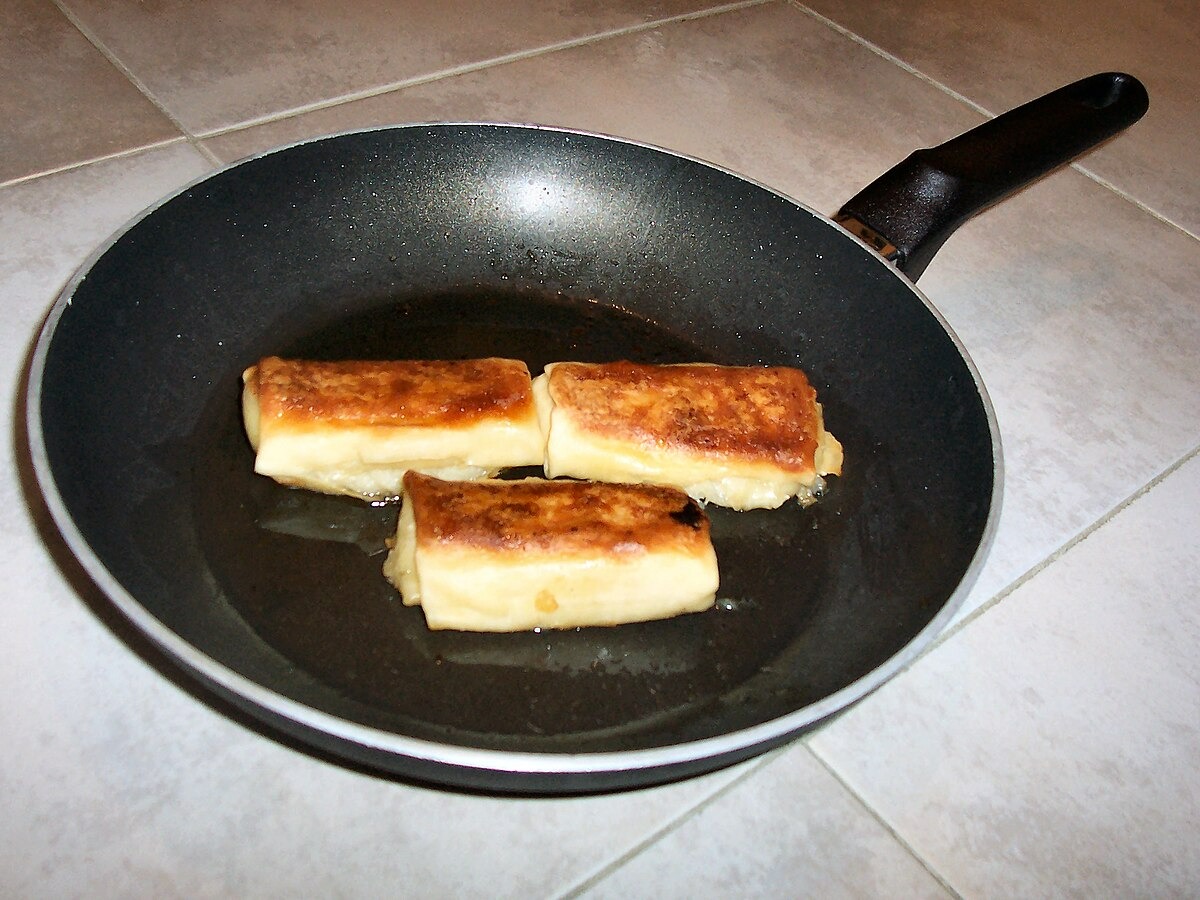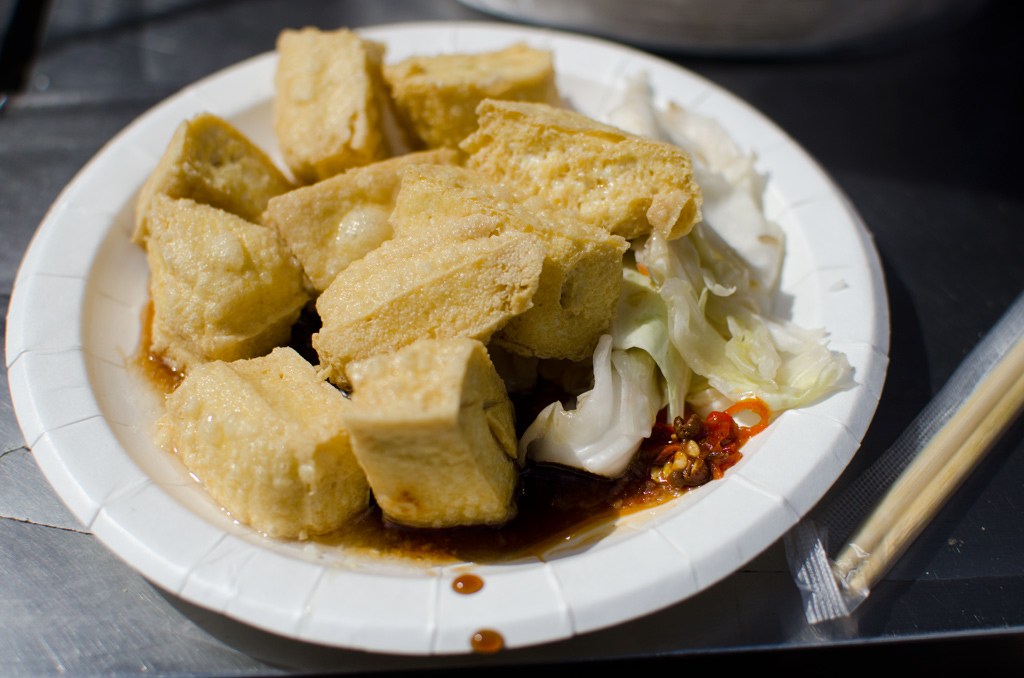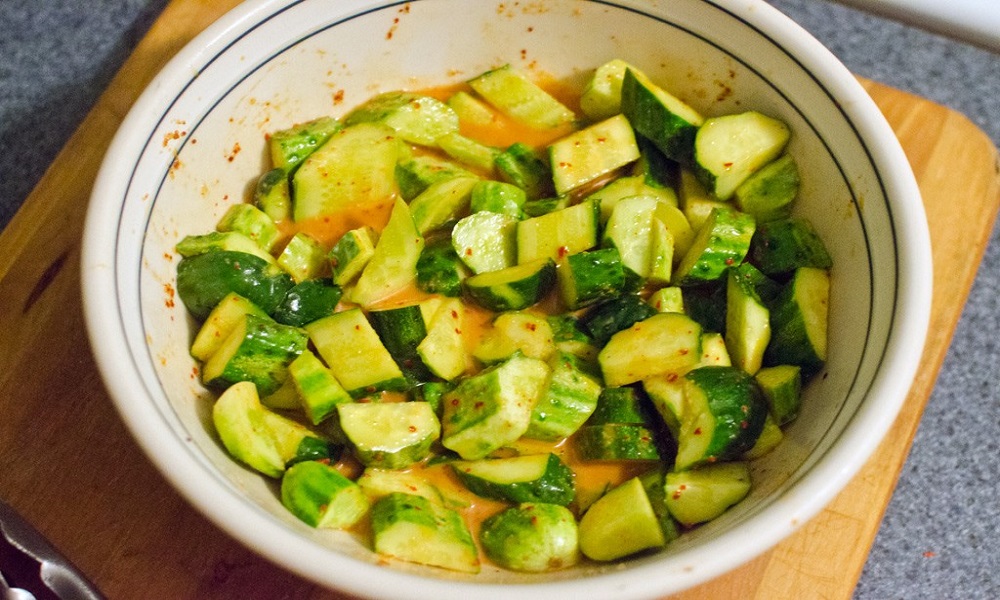Every time you scrape that scratched Teflon pan, you’re seasoning your scrambled eggs with microplastics. Those convenient non-stick coatings contain PFAS—”forever chemicals” that accumulate in your body faster than they break down. When pans overheat above 482°F (easily reached on high stovetop settings), they shed nanoplastics directly into your food.
The culinary convenience that promised effortless cooking delivers a steady diet of toxic contamination.
The ‘Forever Chemical’ Problem
PFAS chemicals from cookware link to serious health risks including cancer and hormone disruption.
PFAS don’t just rinse away after dinner—they build up in your bloodstream and organs for years. Research connects these persistent chemicals to:
- Hormonal disruption
- Immune system damage
- Liver disease
- Elevated cholesterol levels
More alarming: epidemiological studies show increased rates of kidney and testicular cancers in populations with higher PFAS exposure.
The mechanism is brutally simple. Degraded coatings release microscopic particles that bioaccumulate in your system. Even intact pans begin molecular breakdown when overheated, which happens more often than you’d think during everyday cooking.
High heat—which many home cooks use routinely—transforms your trusted kitchen tool into a chemical distributor.
The Carbon Steel Solution
Doctors and chefs recommend this $30-50 alternative that delivers natural non-stick performance without toxic trade-offs.
Carbon steel pans contain exactly two ingredients: iron and carbon. No synthetic coatings, no PFAS, no chemical breakdown. When properly seasoned, they develop a slick, naturally non-stick surface that rivals any Teflon pan—without the toxicity trade-off.
These pans withstand temperatures that would destroy synthetic coatings, making them ideal for high-heat searing and stir-frying. Carbon steel can handle oven temperatures up to 1200°F, while Teflon begins breaking down at just 482°F.
The switch requires minimal adjustment:
- Season the pan with oil
- Heat it until it darkens
- Repeat a few times
The resulting patina performs like non-stick while actually improving with use and high heat.
Professional kitchens have relied on carbon steel for decades—it’s only home cooks who got seduced by the convenience marketing.
Your health isn’t worth the convenience. Ditch the chemical-leaching pans for carbon steel that gets better with age, not more toxic.


















